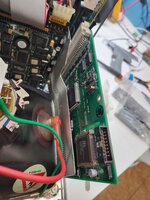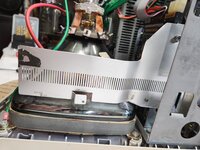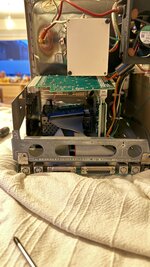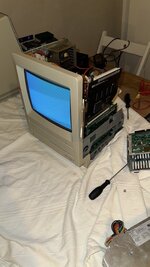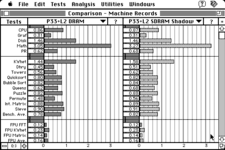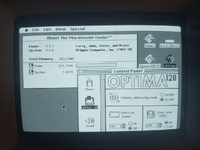Huxley
Well-known member
This looks incredibly cool, and like a fantastic companion to the Booster I already purchased from you! I do have a couple beginner-level questions:
- Physically speaking, is it possible to install this Synchr030 + the Booster + a MacCon Ethernet card into an SE/30, or will I be running out of room inside?
- My Booster is version 1.1, but I see some references online to a version 2.0. Is there any compatibility issue or other difference between 1.1 and 2.0 that I should be aware of?

